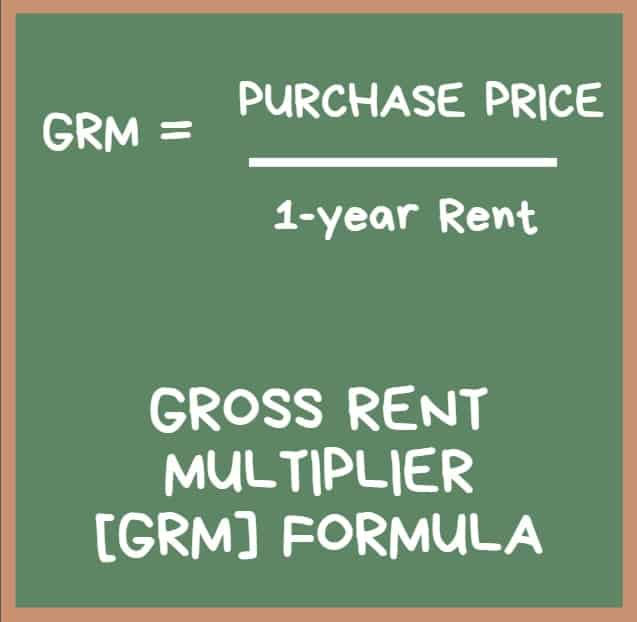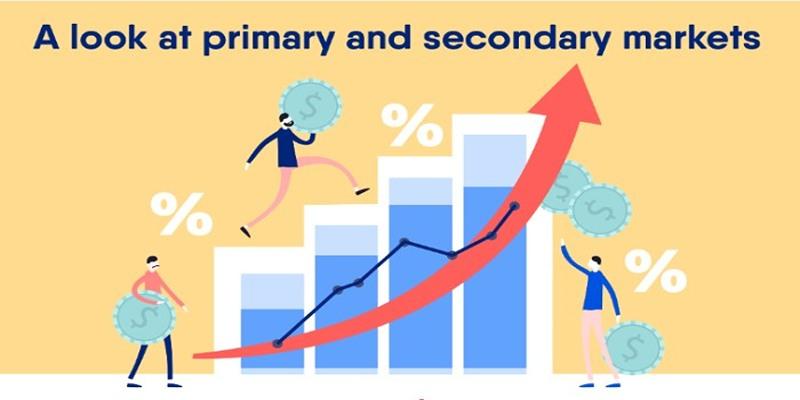Advertisement
What Is a Gross Income Multiplier?
Sep 17, 2024 By Rick Novak
In today’s real estate market, it’s essential for investors to understand the importance of using a Gross Income Multiplier (GIM). A GIM is an investment tool that puts potential property investments into dollar terms.
By crunching numbers and analyzing details like rental income, expenses, return on investment, and cash flow scenarios for each prospective property – the GIM can drastically simplify your decision making process.
In this blog post, we’ll dive deeper into what a GIM is and how you can use this powerful tool to make better real estate investment decisions.
Understanding the Gross Income Multiplier
At its core, a GIM is an estimation of the market value of a property. It takes data like rental income and expenses to determine the fair market value should be for any given investment.
This makes it invaluable in quickly making decisions on properties that are worth investing in or not. Generally speaking, GIMs range between 10 and 20, depending on the geographical market and property type.
A higher GIM indicates that the property will likely be a better investment than one with a lower GIM.
Example of Gross Income Multiplier Calculation
Suppose you have a rental property that generates $1,000 in monthly revenue after expenses. To calculate the GIM of this property, we would divide the value of the property ($100,000) by the total annual income it produces (12 x $1,000 = $12,000).
In this case, the GIM would be 8.3, considered a good number for this type of investment.
The Benefits of Using Gross Income Multipliers
GIMs are incredibly useful for investors looking to quickly assess the potential profitability of a property.
By providing an estimation of market value based on current income levels, investors can make informed decisions on whether or not to invest in a particular property. Additionally, GIMs can be used to compare different investments and determine which one is the better option.
This eliminates much of the guesswork when it comes to making investment decisions, and makes it easier to maximize profits while minimizing risks.
Difference between GRM and GIM

While both Gross Rent Multipliers and Gross Income Multipliers offer similar benefits, there is an important distinction between the two.
GRMs consider only rental revenues to calculate the market value, while GIMs consider all income sources (rental income, investment income, etc.) and their associated expenses to create a fair market value.
This means that GIMs often provide more accurate market value estimations, which can benefit investors looking to make smart investment decisions.
How to Calculate Gross Income Multiplier

Calculating GIMs is relatively straightforward. First, you will need to gather the necessary data on the investment property, including its current income, expenses, and market value,e and then divide the property’s value by its total annual net income (which should include all sources of income minus all expenses).
This will give you the GIM for the property, which can then be used to compare different investment options.
Gross Income Multipliers are a great way to quickly assess whether or not a given property is worth investing in.
By providing an estimation of market value based on income and expenses, investors can make informed decisions that will help them maximize their profits while minimizing their risk.
With the right data, calculating GIMs is easy, and can be a valuable tool for any real estate investor.
Finding and Making Your Gross Income
To make the most of GIMs, it’s important to be able to find accurate data on investment properties and understand how to calculate their GIM.
Real estate agents, appraisers, and other professionals can provide valuable insights into market values and help investors determine a property’s potential profitability.
Additionally, thereIn general, GIMs can be obtained from property-listing websites, or through your local real estate professional.
Moreover, you can make your own GIM by collecting the necessary data on rental income and expenses for a given property and then following the calculation outlined above.
Whatever approach you decide to take, having access to GIMs can be incredibly useful for making well-informed investments.
Investor's anticipated potential gross income
An investor can estimate their potential gross income from the property by multiplying the current net operating income with a GIM appropriate for the market and age of the building.
Depending on the area, this number can vary but should still be within an accepted range.
Investors can accurately estimate their anticipated gross income from the property by researching local market conditions and applying an appropriate GIM.
This will help them determine if an investment is right for them and make
informed decisions that will maximize their profits while minimizing risk.
So whether you're a beginner or an experienced investor, understanding Gross Income Multipliers and applying them to your investment strategy can help you make smart decisions that will keep you ahead of the curve.
With the right information and in-depth analysis, investors can maximize their profits while minimizing risk making GIMs an invaluable tool for success.
Factors That Can Influence Your Gross Income
Following are the factors that might influence your Gross Income:
1. Location of the Property:
The property's location can be vital in determining its gross income. Properties in areas with high property values and rents tend to have higher GIMs than those in lower-value or less desirable locations.
2. Property Age:
Older buildings are likely to have lower GIMs than newer properties, as they often require more repairs and maintenance.
3. Local Market Conditions:
The strength of the local real estate market can have a significant effect on GIMs. Properties in higher demand tend to command higher rents and thus have better GIMs than those in slower-moving markets.
4. Rental Rates:
The current rental rates for a given property can affect its GIM. Higher rental rates generally mean better GIMs,
5. Property Management:
How the property is managed can play a role in determining its GIM. Good management will help ensure the property is well-maintained and run efficiently, leading to higher GIMs.
FAQs
Why is income multiplier important?
An income multiplier is important because it helps investors quickly estimate the market value of a property by using its current gross income.
It provides an easy way for investors to compare properties and make informed decisions about investment opportunities.
Can the multiplier be negative?
Yes, the multiplier can be negative in certain circumstances. For example, a property with high operating expenses relative to its income may have a negative multiplier.
What causes the multiplier to increase?
The multiplier can increase when the local real estate market has high demand, rental rates are higher than average, and the property is well-maintained.
Conclusion
Gross Income Multipliers are an invaluable tool for any real estate investor. By providing a quick and easy way to estimate market value, GIMs can help investors make informed decisions that maximize their profits while minimizing risk.
With the right information and in-depth analysis, GIMs can be a powerful tool for success.
Advertisement

SIMPLE IRA Vs. Traditional IRA: What’s the Difference?

How to Use Mint: Budget Simply

What You Need To Know Before Investing in Domain Names?

Investing $100 a Month in Stocks for 30 Years

Are REITs Beneficial During a High-Interest Era?

The Best Ebike (Electric Bike) Insurance

How Is a Savings Account Taxed?

A Comprehensive Guide to Selling Stock in Your Company

A Look at Primary and Secondary Markets

